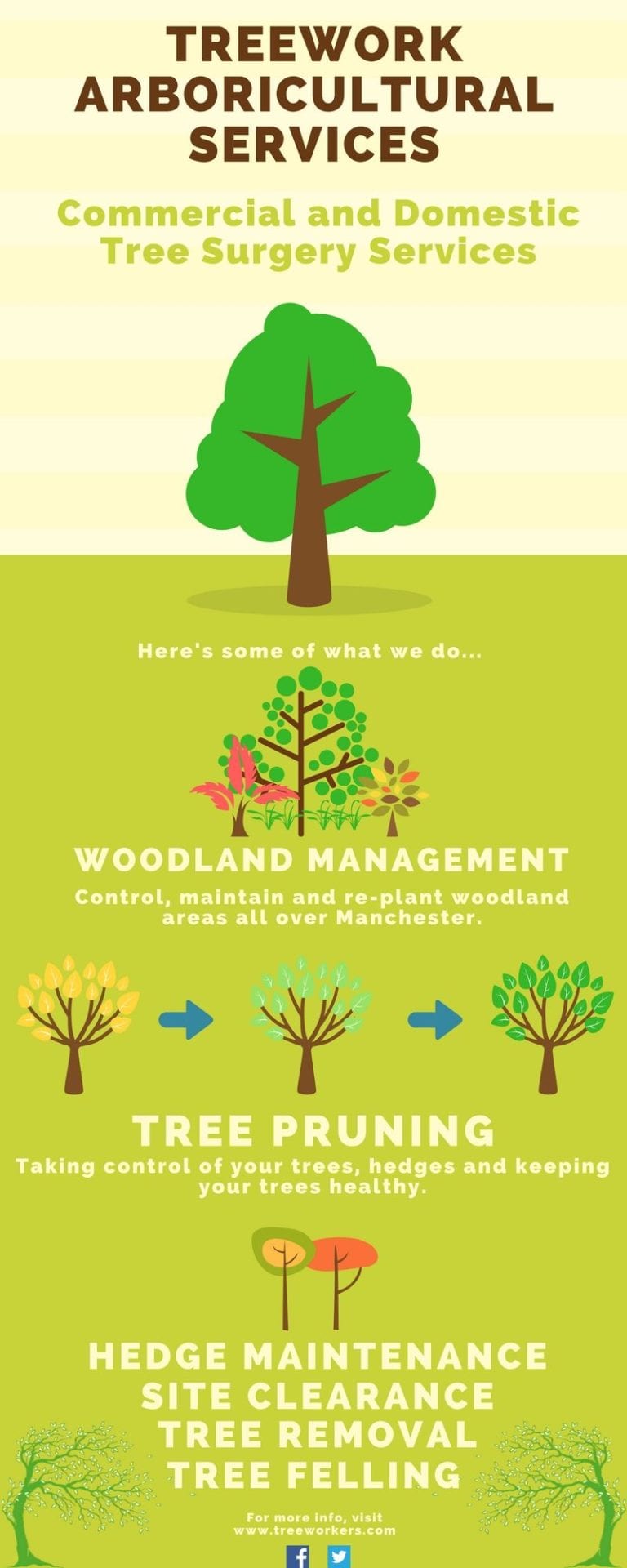Mastering The Art Of Tree Pruning: Vital Techniques For A Prosperous Landscape
Mastering The Art Of Tree Pruning: Vital Techniques For A Prosperous Landscape
Blog Article
Material Produce By-
When it involves creating a landscape that prospers, mastering the art of tree pruning is a must. Envision having the ability to form your trees with precision, ensuring their vigor and appeal for years to come. By discovering the important strategies for correct cuts, timing, and architectural training, you hold the key to a successful outdoor space that will certainly impress all who experience it. But how do these trimming techniques truly affect the health and wellness of your trees and the overall landscape visual?
Correct Pruning Cuts for Tree Wellness
When it pertains to maintaining the health and wellness of your trees, making proper trimming cuts is necessary. https://howtoremovelargetreeroots17394.bleepblogs.com/30772995/motivating-case-studies-the-impact-of-stump-grinding-on-landscape-layout can cause disease, insect infestation, and total tree decrease. To ensure the vitality of your trees, always start by utilizing sharp, tidy devices to make exact cuts.
Begin by identifying the branch collar, a puffy location where the branch connects to the trunk. Cutting just outside the collar helps advertise correct healing and decreases the threat of infection. Avoid leaving stubs as they can welcome insects and illness right into the tree.
Remember to make cuts at a slight angle, sloping far from the trunk, to stop water from pooling on the wound. In addition, remove any type of dead, harmed, or going across branches to boost air blood circulation and sunshine penetration.
Timing and Regularity of Pruning
To preserve the health and framework of your trees, recognizing the optimal timing and frequency of trimming is important.
The most effective time to trim trees is commonly during the inactive period in late winter months or very early spring. Pruning throughout https://www.weareiowa.com/article/news/local/derecho-clean-up-repair-scam-iowa-attorney-generals-office-tips-storm-chaser-damage/524-fa7a2ed8-6da3-46cb-aa4b-27eba0e45d09 promote brand-new growth once the tree starts budding in the springtime.
However, some trees, like spring-flowering ones, are best pruned right after they complete growing to avoid removing next year's blossom buds.
https://remingtonicwrk.blue-blogs.com/37034280/the-environmental-benefits-of-stump-grinding-a-sustainable-method-for-land-stewardship is necessary, yet the frequency depends on the tree types and its development rate. For a lot of trees, an annual evaluation to eliminate dead, unhealthy, or crossing branches is recommended. Youthful trees may require more frequent trimming to establish a solid structure, while mature trees might just need upkeep pruning every couple of years.
Prevent pruning during the autumn when illness are a lot more easily spread, and refrain from hefty pruning during the summer when the tree is actively expanding.
Training Young Trees for Framework
For establishing strong and healthy trees, training young trees for optimal framework is important. By shaping a tree when it's young, you established the structure for a durable and visually appealing fully grown tree.
Begin by identifying the main leader, which is the primary upward-growing branch. Urge the main leader's growth by trimming away competing leaders, aiding the tree develop a strong main trunk. In addition, eliminate any branches that grow internal or downward, as they can trigger structural problems as the tree grows.
It is very important to space out lateral branches equally around the trunk to advertise well balanced development. As the tree matures, remain to monitor its growth and prune as required to keep its shape and structure.
Properly educated young trees are less most likely to create weak crotches or overcrowded branches, reducing the risk of damages during tornados. Spending time in training young trees will certainly settle with a perfectly structured and resistant tree in the future.
Final thought
Now that you have understood the necessary techniques of tree pruning, your landscape gets on its way to growing. By utilizing sharp devices, making precise cuts, and correctly timing your pruning sessions, you are making sure the wellness and longevity of your trees. Remember to frequently inspect and maintain your trees to keep them prospering. With your newly found understanding, your landscape will certainly continue to grow wonderfully for several years ahead. Keep up the great work!
